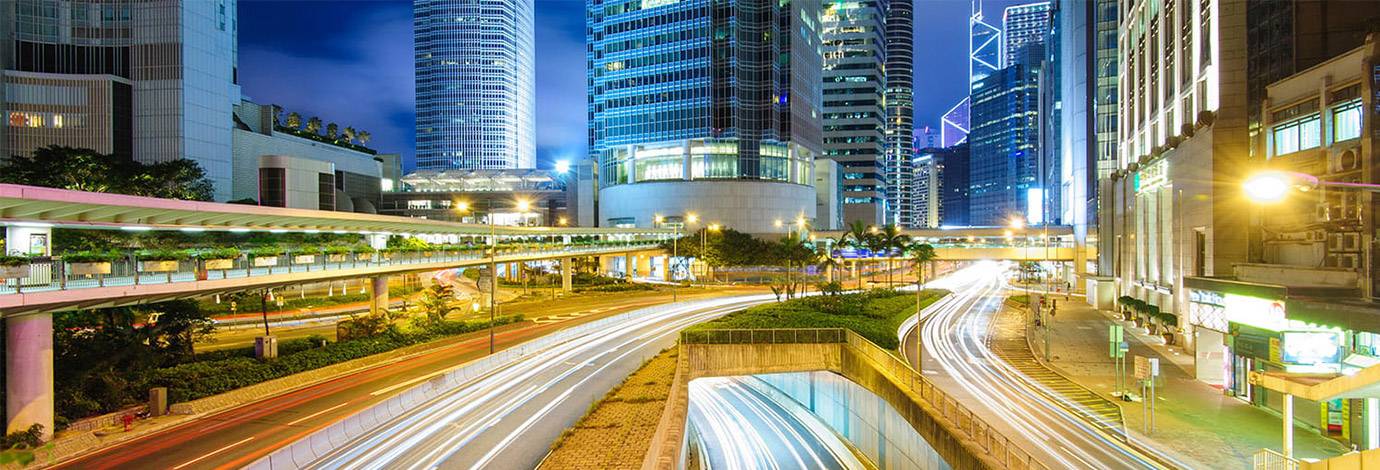With the world trying to decarbonize, planning and logistics will play a vital role in keeping it in rotation during the energy transition.
There’s no way around it. The world needs to keep moving. And, along with it, we need to decarbonize every moving part as we combat climate change.
But the journey has hit a snag for many.
The COVID-19 pandemic has dealt a heavy blow for the transportation sector. It resulted in governments imposing lockdowns to stop the spread, subsequently leading to the world coming to a grinding halt. As onsite activity dried up, businesses scrapped entire in-house logistics and planning departments to remain afloat.
But the world had no intention of keeping its doors locked forever. It’s now opening up and businesses are scrambling to get people and equipment back onsite. They also want to restart their decarbonization plans. But without their dedicated teams, how do they solve issues like infrastructural challenges, environmental regulatory policy updates and supply chain delays?
You need an all-in-one logistics and planning solution
Our logistics and planning solutions are a key part of the puzzle. We’ve already figured out ways to decarbonize businesses for the energy transition, including optimizing crew and module sizing. This helps reduce the amount of shipments while delivering the same amount of cargo and people.
Beyond strategy, we’re rolling out a range of technological solutions such as logistics modelling and automation. They’re taking things up a notch, giving access to real time data and simulations for a holistic view of your supply chain. Now you can track your operations, or predict and mitigate potential challenges if and when they arise.
We offer an all-in-one solution that covers everything from supply chain to infrastructural requirements. This gives you the power to tell how one part of the operation impacts the other. You’re also better at navigating opportunities and limitations such as new trade routes and environmental restrictions, respectively.
How does this translate in the real world?
Our team recently ran a rail systems analysis while delivering a gas pipeline project in Turkey. We created a modelling simulation to act as an early warning system. It predicts potential rail congestion with a 98 per cent rate of accuracy. This helps the Turkish national rail authorities actively manage inefficiencies.
We also develop master plans for clients across the globe. In Qatar we’ve been helping our client plan out a new 34 km2 economic zone. Once complete the zone will support a range of medium to light industries in support of Qatar’s growing economy. We delivered both concept and detailed level master plans in support of our client’s objectives for the area.
Speak to our local logistics and planning lead to find out how we can support your project.

